10 Essential Tips for Choosing the Best Coffee Roaster Machine Based on Industry Insights
Choosing the right coffee roaster machine is crucial for both amateur and professional coffee enthusiasts, as it directly impacts the flavor profile and quality of the final brew. According to the Specialty Coffee Association's 2023 report, the demand for high-quality roasted coffee has surged by 20% over the past year, underscoring the importance of selecting an efficient and effective roasting machine. Moreover, a study by the National Coffee Association reveals that 67% of coffee drinkers are willing to pay premium prices for artisanal coffee, which reinforces the significance of investing in a superior coffee roaster machine to meet rising consumer expectations. In this guide, we will explore ten essential tips grounded in industry insights to help you make an informed decision when selecting the perfect coffee roaster machine for your needs.
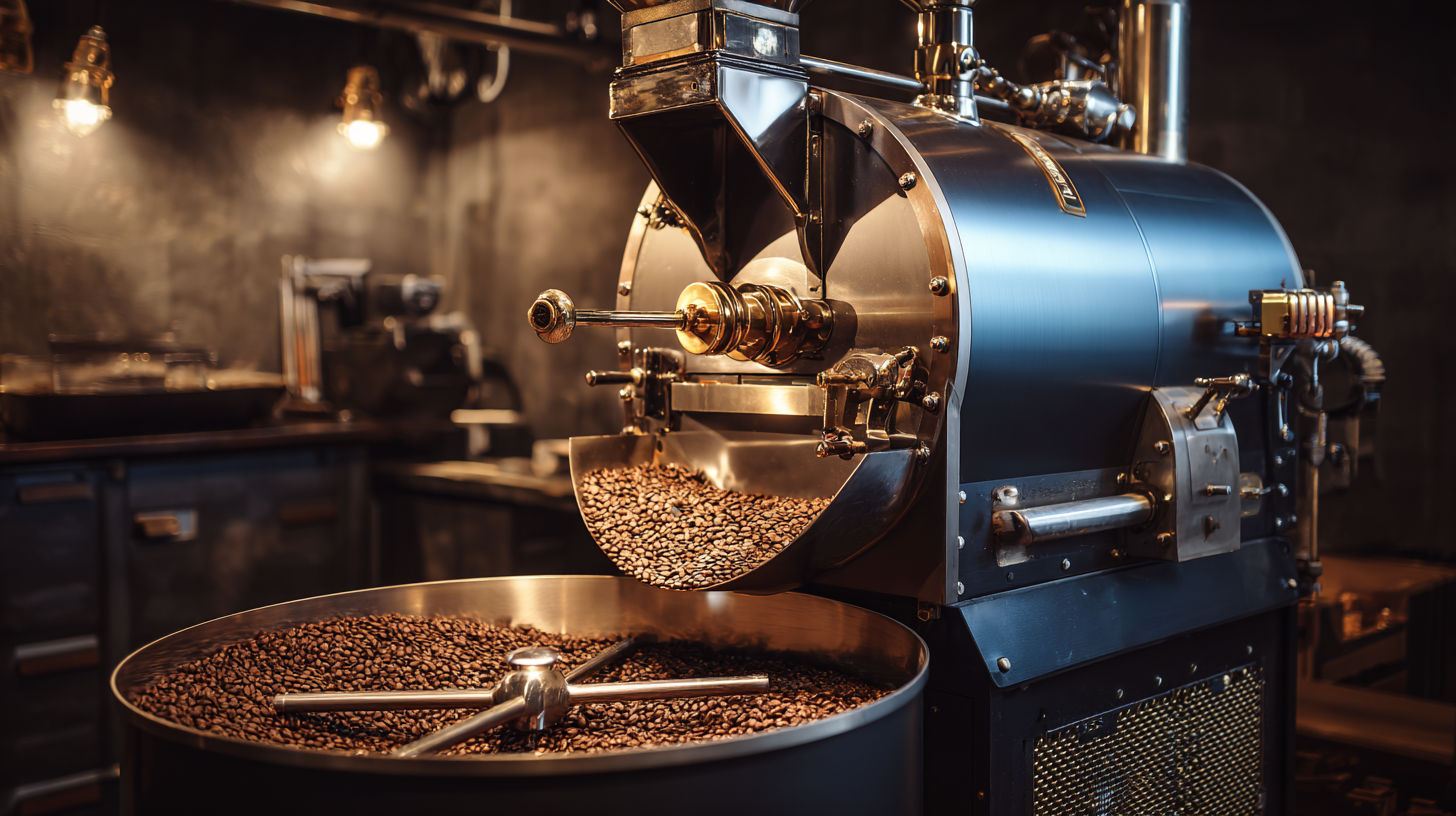
Understanding Different Types of Coffee Roasters and Their Impact on Flavor Profiles
When selecting a coffee roaster, it's crucial to understand the various types of roasters available and their influence on flavor profiles. Different roasting methods, such as drum roasting, air roasting, and hybrid techniques, lead to diverse chemical transformations in the beans. For instance, roasting impacts the lipid profiles of coffee beans significantly. Recent studies highlight that a total of 571 lipids can be identified in both unroasted and roasted beans, revealing how the level of roasting alters these profiles, which directly affects the aroma and flavor of the final brew.
Furthermore, the sensory qualities of coffee, including acidity and body, are strongly influenced by roasting levels. Research indicates that the distinct chemical compositions of Arabica and Robusta beans differ when subjected to varying roasting profiles. Understanding these variations is essential for coffee enthusiasts and professionals alike, as it allows for a more tailored approach when choosing a coffee roaster machine that suits specific flavor preferences and desired characteristics. This knowledge can help in making informed decisions that enhance the coffee experience and capitalize on the unique profiles of different beans.
10 Essential Tips for Choosing the Best Coffee Roaster Machine Based on Industry Insights
| Roaster Type | Heat Source | Batch Size (lbs) | Flavor Impact | Recommended For |
|---|---|---|---|---|
| Drum Roaster | Gas / Electric | 5 - 20 | Rich, Full-bodied | Small to Medium Roasteries |
| Air Roaster | Electric | 1 - 5 | Bright, Clean | Home Users |
| Sample Roasters | Gas / Electric | 0.5 - 1 | Varies | Coffee Industry Professionals |
| Hybrid Roaster | Gas & Electric | 2 - 15 | Complex, Versatile | Versatile Roasters |
| Conical Roaster | Electric | 1 - 10 | Unique, Sweet | Artisan Roasters |
Evaluating Roast Capacity: How to Choose Based on Your Production Needs
When selecting a coffee roaster machine, assessing the roast capacity is crucial to align with your production needs. According to the Specialty Coffee Association’s (SCA) 2022 report, the average coffee shop roasts between 150 to 300 kilograms of coffee per week. This significant demand necessitates a roaster that can handle these volumes efficiently. A roaster with a capacity of 5 to 10 kilograms per batch typically suits smaller operations, while larger businesses may require machines that can roast up to 30 kilograms per batch or more to meet their high throughput requirements.
Moreover, it’s essential to consider the scalability of your roaster. The 2023 industry insights indicate that businesses are increasingly focusing on sustainability and energy efficiency. Machines that offer flexible batch sizes not only cater to current production demands but also allow for growth as business needs evolve. For instance, adopting a machine that allows for small test batches of roasted beans can enable businesses to experiment with new blends without overcommitting resources—a necessity noted in the latest industry trends report, which emphasizes the importance of innovation in today’s competitive coffee market.
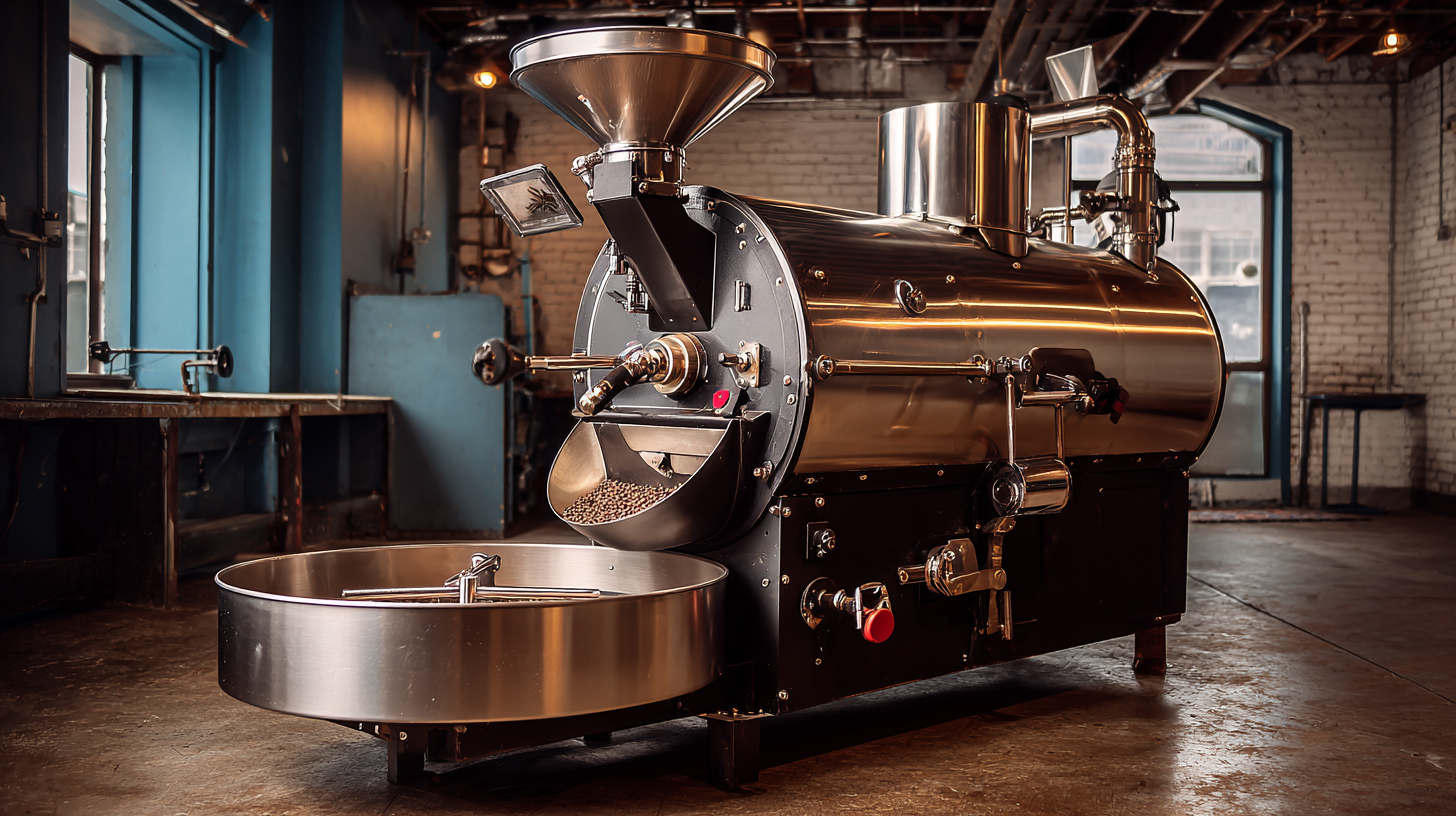
Key Specifications to Consider: Heat Source, Temperature Control, and User Interface
When selecting the best coffee roaster machine, it’s crucial to focus on key specifications such as heat source, temperature control, and user interface. Recent industry insights suggest that the heat source significantly impacts the roasting profile, affecting flavor development. For instance, gas-powered roasters typically provide more precise temperature control and quicker heat adjustments than electric models, allowing roasters to achieve a broader range of flavor profiles.
Temperature control is another vital aspect to consider. Machines equipped with advanced digital controls allow for more consistent roasting results by letting users monitor heat levels in real-time. Reports indicate that inconsistencies in temperature can lead to uneven roasting, which can detrimentally affect the beans' flavor characteristics. A user-friendly interface is also essential, as it can enhance the roasting experience by simplifying the process, particularly for novice roasters.
Features such as programmable settings and easy-to-read displays enable users to replicate their desired roast profiles with greater accuracy. These considerations are not only important for achieving high-quality coffee but also in responding to the growing consumer demand for specialty coffee.
Analyzing Cost-Effectiveness: Initial Investment vs. Long-Term Profitability
When investing in a coffee roaster machine, it’s crucial to analyze the cost-effectiveness, weighing the initial investment against potential long-term profitability. According to a report from IBISWorld, the coffee roasting industry has seen consistent growth, with revenues projected to reach $11.6 billion by 2024. This growth implies that investing in quality roasting equipment can yield substantial returns, especially in a market that values craftsmanship and quality.
Initial costs for advanced coffee roaster machines can range from $5,000 to $50,000, depending on the capacity and technology. However, a comprehensive study by the Specialty Coffee Association highlighted that businesses using high-quality machines see a significant reduction in roasting times and improved flavor consistency. This efficiency translates to lower operational costs and higher customer satisfaction, directly impacting profitability. Moreover, the right equipment can lead to a return on investment in less than two years, reinforcing the idea that while the upfront costs may seem daunting, the long-term benefits far outweigh them.
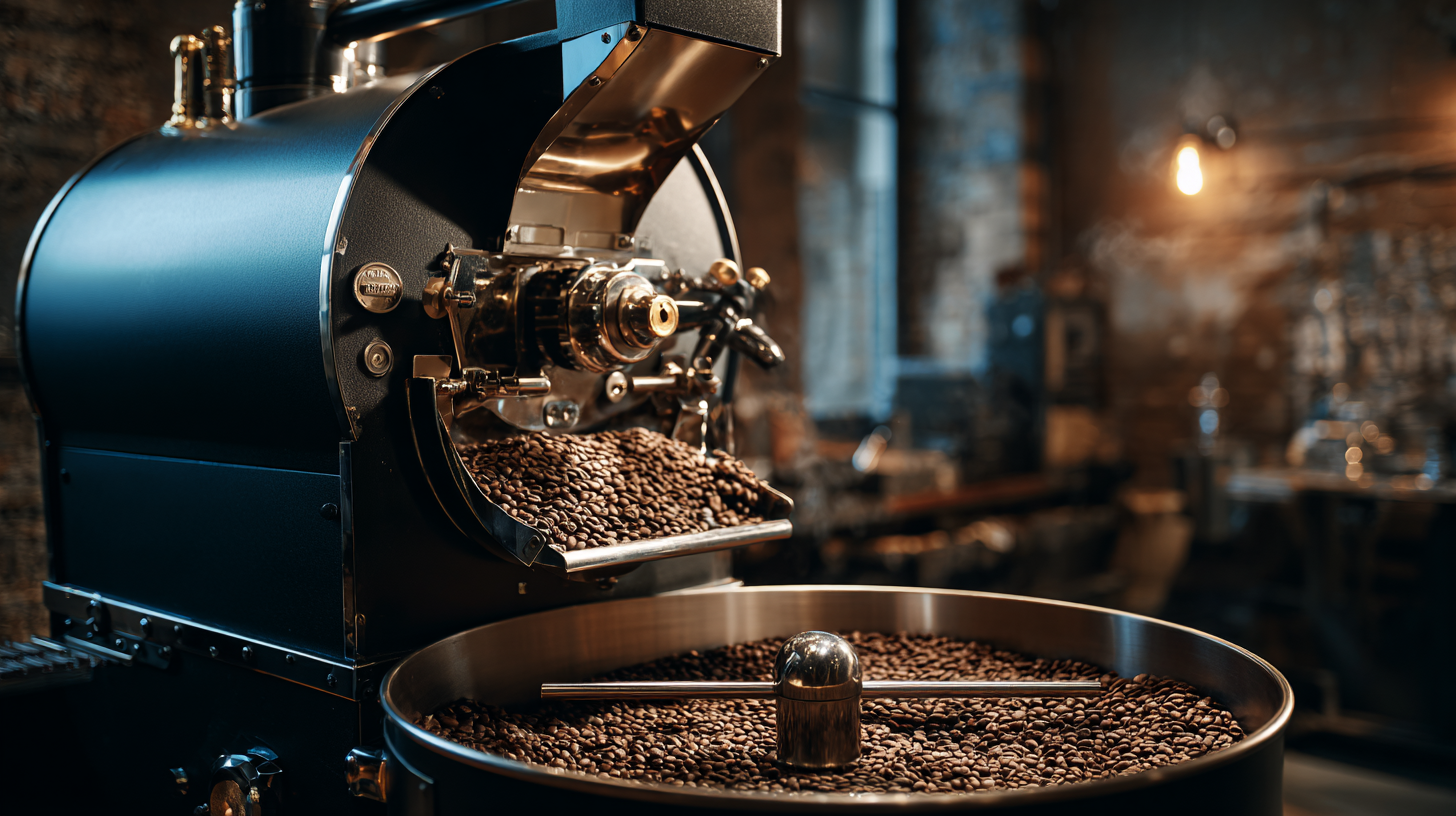
Industry Trends: Innovations in Coffee Roasting Technology and Their Benefits
The coffee roasting industry has witnessed significant technological advancements in recent years, shaping the future of roasting practices. According to a report by the Specialty Coffee Association, 67% of roasters are now utilizing automated systems that enhance precision and control in the roasting process. These innovations not only improve flavor consistency but also maximize efficiency, enabling roasters to cater to the growing demand for specialty coffee. Automation allows for real-time monitoring and data collection, which can be used to refine roasting profiles and enhance the overall quality of the final product.
In addition, the trend towards sustainability has led to the development of eco-friendly roasting machines. A study published in the Journal of Coffee Research highlights that machines with energy-efficient designs can reduce energy consumption by up to 30%. This shift not only benefits the environment but also helps roasters reduce operating costs. Moreover, advancements in roasting technology have introduced machines capable of utilizing alternative energy sources, further contributing to a more sustainable industry. As these innovations continue to evolve, understanding their implications will be crucial for coffee roasters looking to remain competitive in a rapidly changing market.
Related Posts
-
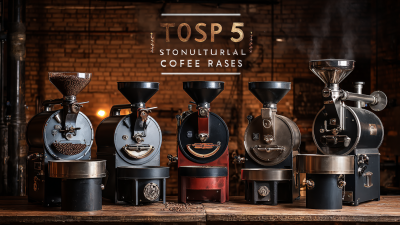
A Comprehensive Comparison of the Top 5 Best Industrial Coffee Roasters for Global Buyers
-
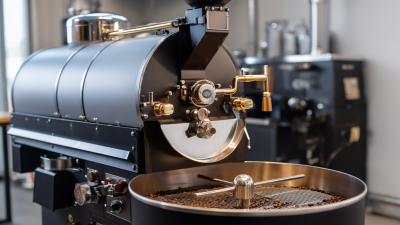
Understanding Industry Standards: How to Choose the Best Home Coffee Roaster Machine for Your Needs
-
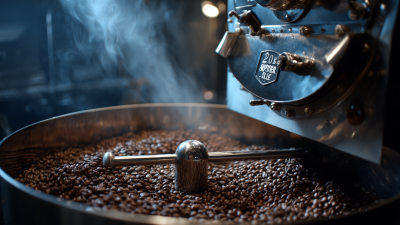
How to Choose the Best Sample Roaster for Your Coffee Business Success
-
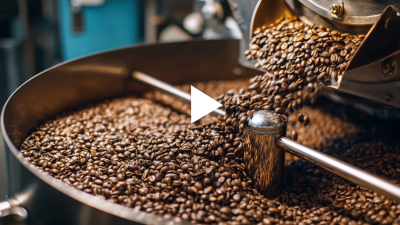
2025 Insights into Best Commercial Coffee Roaster Trends and Performance Comparison
-
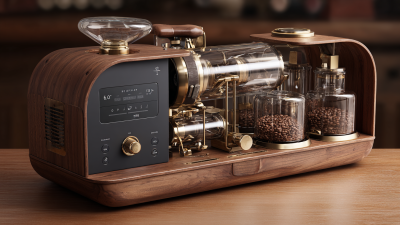
The Future of Home Coffee Roasting Innovation and Technology
-
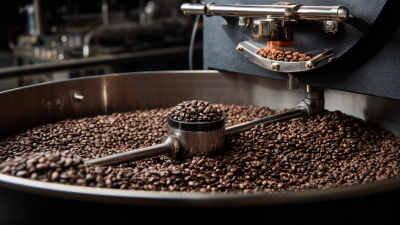
7 Smart Reasons to Choose the Best Electric Coffee Roaster for Your Business


